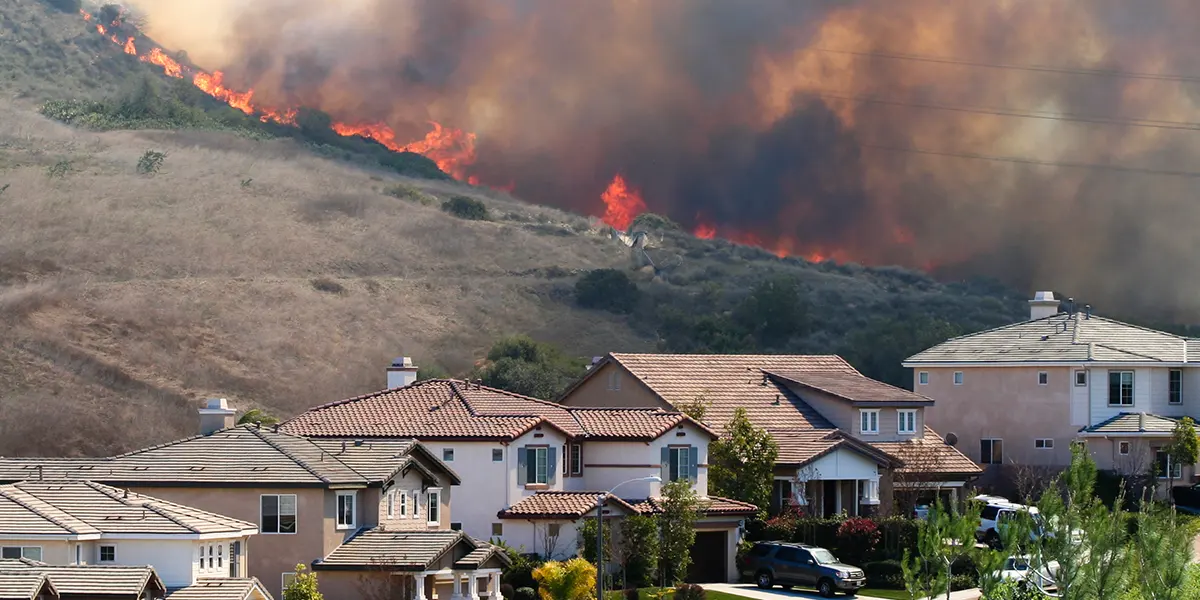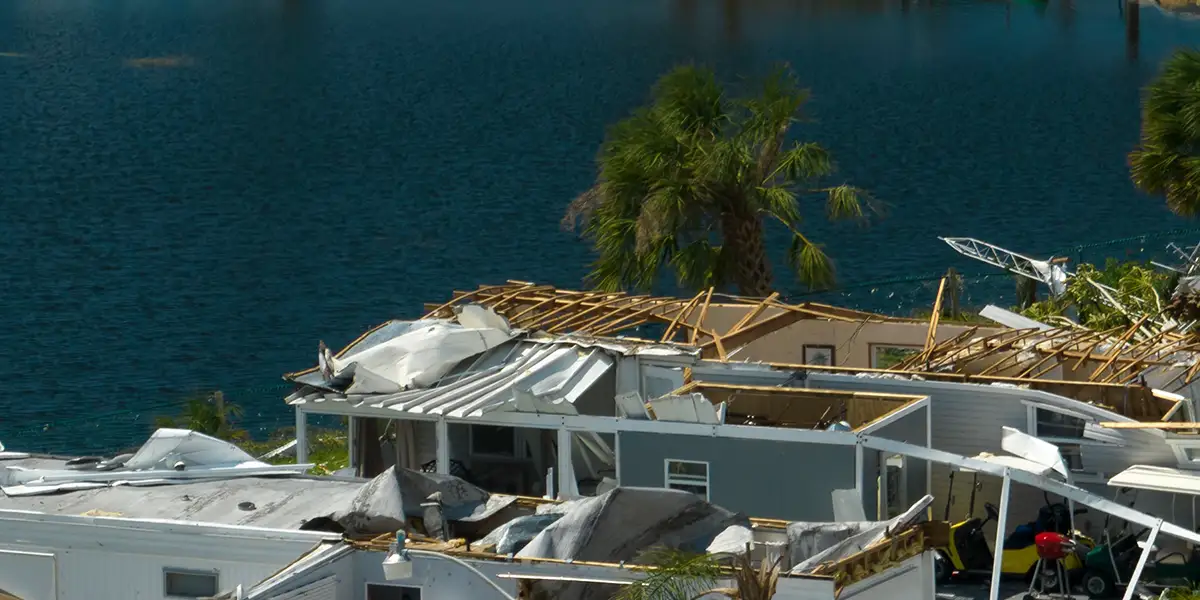As the world’s attention on climate mitigation intensifies, the scale of businesses preparing for climate adaptation widens.
Climate change poses a series of risks to disrupting businesses as the climate crisis increases. More so than ever, organisations need to adapt to the inevitable hazards of climate change (both physical and transitional changes) with escalating risks of unexpected reductions in asset values. According to the Grantham Research Institute on Climate Change and the Environment, the projected economic costs in the absence of adaptation for the UK are £24.75 billion per year in 2050. The costs of business adjustments may be among the most significant for companies and sectors with infrastructure expected to bear the brunt of adaptation costs. Hence, it has never been more critical for organisations to understand and regularly assess climate adaptation risk exposure within business activities and operations by integrating these types of risks into broader strategy, behaviour, and organisational culture. Proper adaptation planning requires a detailed understanding of what is at risk and why.
However, a large adaptation gap remains for businesses dealing with adaptation risk. This gap is personified by the UK government in the UK Climate Change Risk Assessment 2022 report that fully recognises the scale of barriers facing businesses to adapt to climate change. The report iterated that firms must raise their ambitions on adaptation by striving much further and faster to truly prepare for the challenges of the increasing climate crisis.
The UK government recognises there are many barriers to effective adaptation that we must overcome. These include limitations in information and awareness of climate risk, lack of clarity on ownership of risks and responses, and the complexity of adapting for a future which contains innate uncertainty. We recognise that government leadership is often required to ensure solutions are applied across the whole system and to avoid maladaptation of individual assets."
A Lack of Adaptation
The Climate Change Committee released a detailed assessment of UK adaptation in 2021, stating that the UK adaptation has to date, not produced the necessary resilience to fully address the risks that a changing climate poses to the UK across the economy. It is a gap between future levels of risk and planned adaptation that has widened in the last five years. The HM Government UK Climate Change Risk Assessment 2022 report highlights that limitations in information, awareness of climate risk, and a lack of clarity on ownership of risks and responses remain complex for all businesses when adapting to a future of uncertainty.
There are several areas of the UK economy that, if action is not taken to adapt, climate change will have significant future physical impacts upon them. This is particularly the case for sectors involving decisions or investments that are very difficult to reverse, including property and real estate, utilities, energy, transportation and agriculture, with consequences of relocation, insurance and decommissioning that could prove difficult and costly for businesses. Estimates forecast infrastructure will bear the brunt of expected climate change adaptation costs, estimated to be between 60% and 80% of total global climate change adaptation spending. This could average between $150 billion to $450 billion per year on infrastructure in 2050 on a global scale.
Bob Buhr, Honorary Research Fellow at the Centre for Climate Finance & Investment at Imperial College Business School, stated, "Climate change is certain to have broad impacts on companies in affected industries, not least on their credit profiles and share prices. Yet this knowledge is useless to lenders and investors unless these risks can be further granulated in terms of their scope, timing and likelihood and their potential financial impacts."

Existing Adaptation Risk Limitations
The following adaptation gaps have been identified in the third Adaptation Reporting Power (ARP3 report) in December 2021 that highlight needed improvements by businesses to help adapt to the climate crisis:
- Multiple climate scenarios: Risk assessment needs to consider multiple possible climate futures to enable robust adaptation decisions.
- Actions linked to risks and have clear timescales: Adaptation actions need a clear link to the climate risks they seek to address. Clearly stated timescales support the delivery of adaptation actions.
- Appropriate monitoring and evaluation: Improved information on the effectiveness of recent and planned adaptation actions for organisations in all sectors.
- Interdependencies: Climate risks from interdependencies (risks arising from an organisation’s reliance on another organisation or sector) are not consistently incorporated into risk assessments.
How Climate X Reduces Adaptation Risk Exposure
Identifying climate risks and developing adaptation measures enables companies to secure a resilient and prosperous future with some extremely low-cost preparatory risk management actions that can be taken to improve future decisions. This involves tailoring and developing adaptive management plans to specific hazards and infrastructure risks, especially for decisions that have extended lead times or require a significant change in the future that is uncertain. Climate X can help with that.
Spectra enables various organisations to become more resilient by quantifying risk, including adapting to the impact of climate change. It will allow organisations to capture all potential outcomes with climate stress testing and scenario analysis to accelerate strategic decisions when easily integrated into climate risk management and assessment reporting.
By understanding and rigorously dealing with climate adaptation risks, adapting can deliver returns of greater net-positive outcomes for businesses. Enabling companies to build corporate branding, improve business operations, bolster competitiveness, and protect value chains while avoiding substantial knock-on effects in broader society. We must now integrate adaptation action into mitigation efforts to achieve net zero. In turn, successful mitigation will ensure adaptation remains achievable.





